I had the wonderful opportunity of visiting a very local habitat conservation site at the Dana Point Headlands where there is a Nature interpretive center which connects a series of trails and viewpoints for walkers to enjoy beautiful views and walk about a conservation site of native chaparral and coastal scrubland. It is also home to some endangered and rare animal species including the The Coastal California Gnatcatcher (Polioptila californica californica), a federally threatened songbird, and The Pacific Pocket Mouse (Paragnathus longimembris pacificus) which was thought to be extinct until it was rediscovered at the Dana Point Headlands in 1993.
The time was 6:30 on 03/24/20 and the sun would be setting in 30 minutes. The Lat/Long is 33.472760, -117.698780 and the altitude was a range of 200-500 feet. The weather was a bit windy and around 55° F. The topography is a coastal bluff with steep sandy cliffs and a gentle slope going inland.
Some of the signs of spring I noticed on the hike were bird chirps, budding flowers, new shoots in the soil near larger parent bushes, and the red new leaf growth that we once talked about in class.
Some of the species I encountered on the trail were a Brown Pelican (Pelecanus occidentalis) flying south overhead, a California Thrasher (Toxostoma redivivum) sitting on the fence and interacting with one other Thrasher, probably a male and female. The pair were flying just above the bushes and hopping on the ground as well. They were most likely foraging for food. Another interesting thing I saw along the trail were small burrows, about 5 cm in diameter. These were most likely pocket mouse burrows. Other plant identifications can be found in the photo gallery.
Photo Gallery with Species identifications, leaf morphology, and signs of spring
Species Description – info from https://www.allaboutbirds.org/guide/California_Thrasher/overview
Author: Luke Seitz
California Thrasher (Toxostoma redivivum)-
The California thrasher is a brown bird with a long tail and long curved bill. Their preferred habitat is shrubs, and they forage on the ground for insects, brushing their bill through the foliage to reveal insects. They nest in shrubs and can often be heard on tops of shrubs dueting in song with the opposite sex while foraging together. The species is highly developed to live in chaparral habitat and is used to periodic fires with some studies suggesting that “they reach their peak population densities in chaparral about 20 years after a burn” (Seitz). Their range is from Northern California into Northers Baja Mexico, and they can be found along the coast.
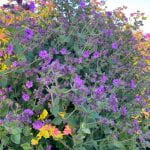
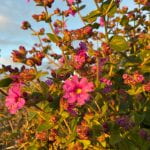
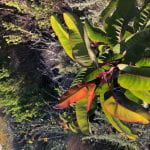
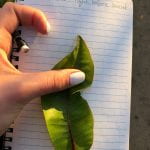
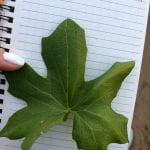


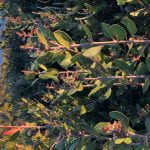
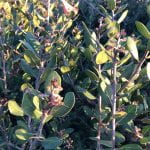


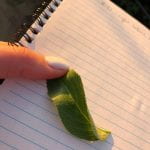

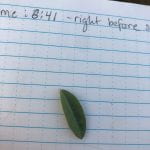





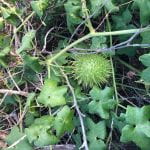



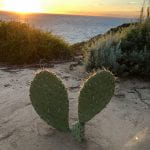





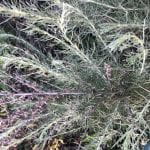




Hi Lucia- wonderful post, excellent species ID, leaf morphology, signs of spring. You combined the two post assignments into one big post, which is fine. Well done.